Solar Eclipse Sweeps Across US, New Jersey Sees Partial Eclipse | Photos

Partial solar eclipse hangs in the cloudy skies of Cumberland County. Photo by Daniel Winner.
BY DANIEL WINNER | AC JosepH Media Correspondent
MILLVILLE — This Monday, April 8, the entire continental U.S. experienced a solar eclipse. The mesmerizing event gained an enormous number of followers, eclipse chasers and tourists alike who flocked to the path of totality. This is the area where the entire disc of the sun is blocked out by the moon, this time measuring between 108 and 122 miles wide. Texas alone saw an influx of over 1 million visitors for the celestial performance.
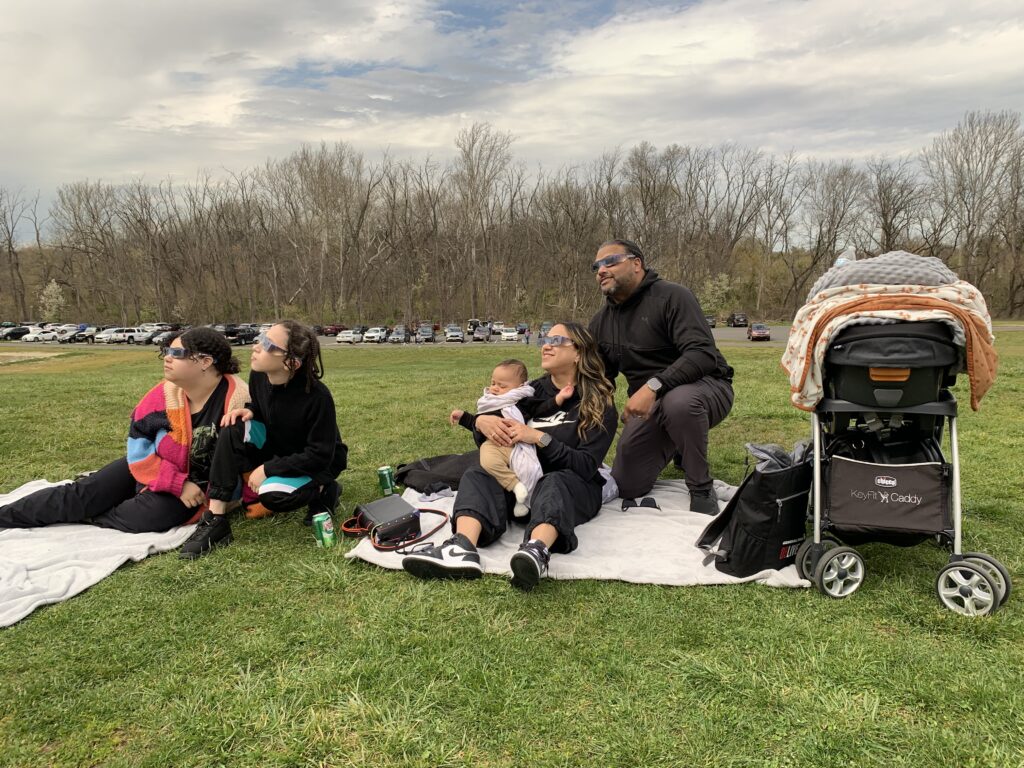
Popularly nicknamed “Great American Eclipse of 2024,” the eclipse began its course around 11:07 a.m. in the Pacific Ocean, reaching the shores of Mexico and into Texas, moving as far as Maine and Canada. The closest the path reached near New Jersey were the cities of Buffalo, Burlington, New York and Vermont.
New Jersey may not have been within the path of totality, but that doesn’t mean skywatchers had a no-show. New Jersey saw as much as 93% coverage in the northwestern part of the state. South Jersey still saw anywhere between 85% to 87% — depending on the locality — with maximum coverage at 3:23 p.m.
Front Runner New Jersey caught the eclipse in Cumberland County. Thick clouds came and went to obscure some of the display, but certainly not all of it. Maximum coverage was clear enough to see with the proper eyewear, and it was certainly a sight to behold.
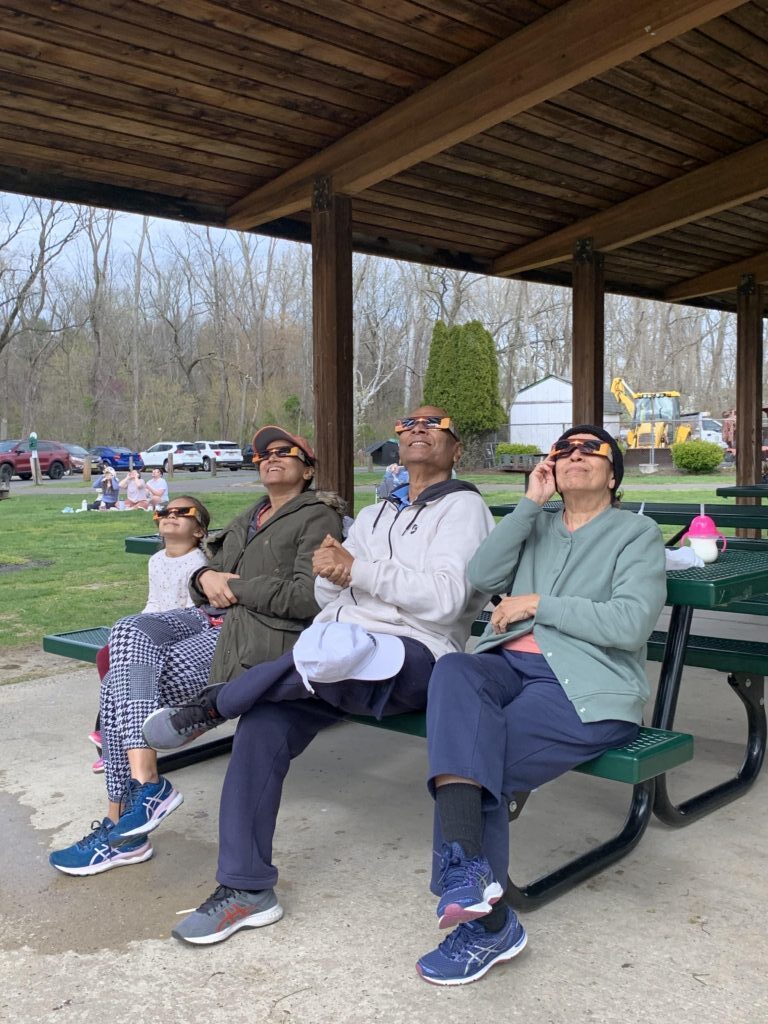
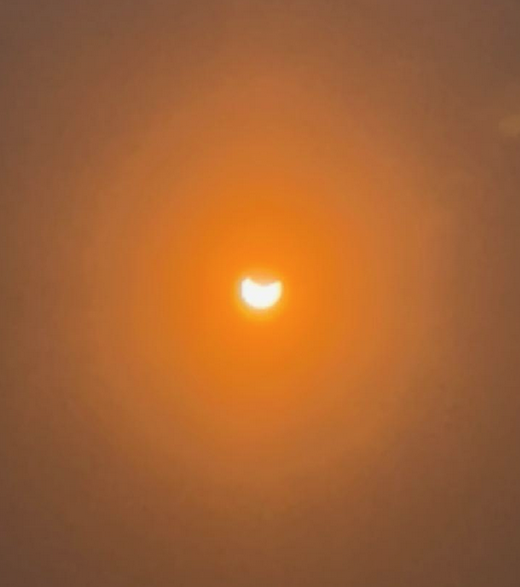
The sky darkened, the temperature dropped, and the wildlife began to act out of character. Birds ceased their chirping and bees stopped their buzzing, behaving as though they were disoriented. Above us was what looked like a crescent moon, except the sun and moon had switched places. Only a sliver of the sun remained, lasting almost two and a half hours in all.
Although no school in South Jersey closed for the event, Pennsauken Public Schools and Cherry Hill Public Schools announced that they would close their districts early for the “safety” of students, allowing for them to obtain proper eyewear.
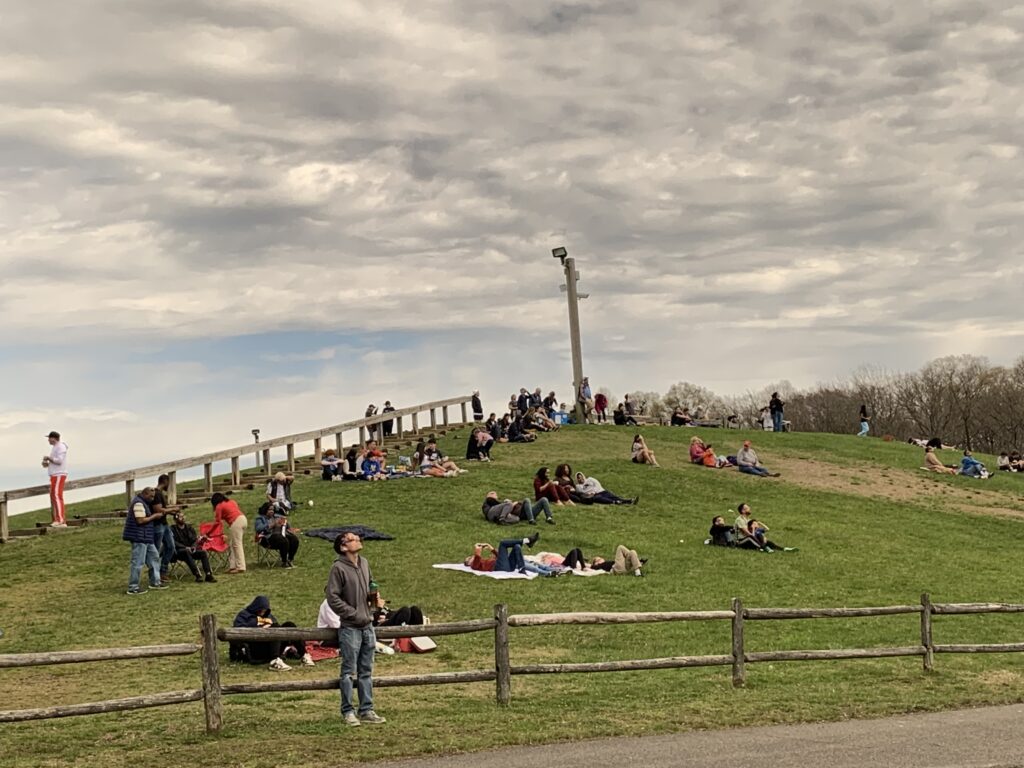
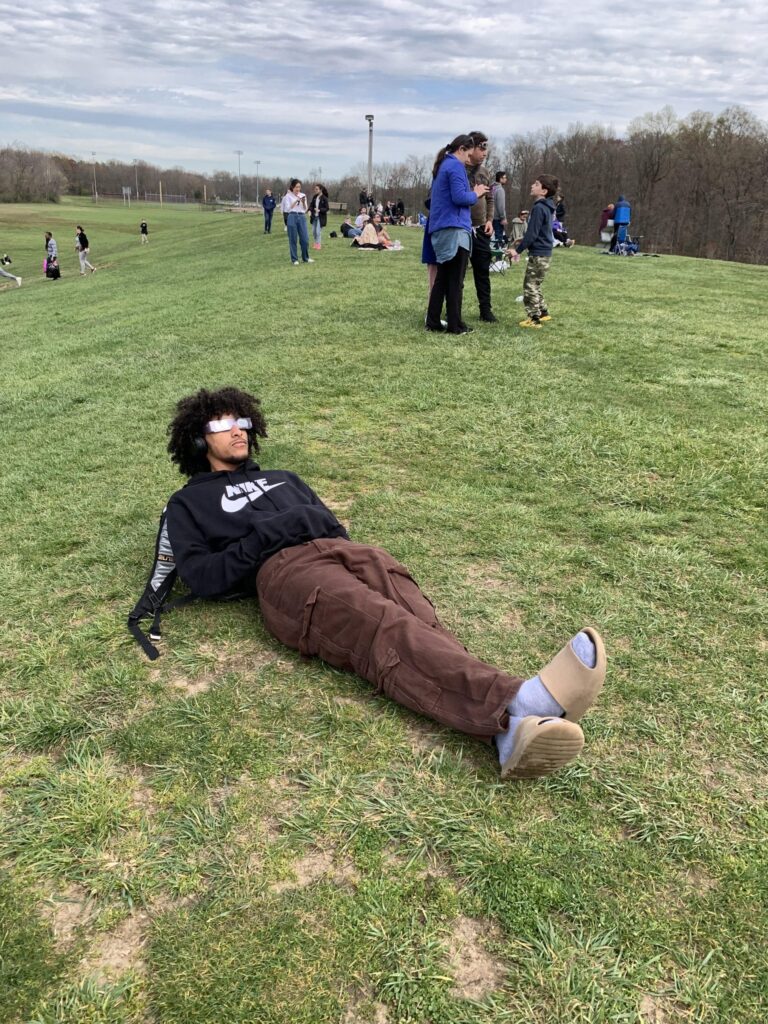
Those who managed to see the total eclipse in its totality had an exceptional view. Visible planets included Venus and Jupiter, and a couple that were harder to spot like Mars and Saturn.
The last total solar eclipse to cross the U.S. was back on Aug. 21, 2017, and an annular eclipse made its way through the country recently on October 14, 2023.
North America won’t experience another total solar eclipse for 20 years. The next one is scheduled for 2044 and another in 2045.
EDITOR’S NOTE: Daniel Winner has a double major in Religious Studies and Japanese from Penn State University and has traveled internationally to the Far East on several occasions. His insights on Buddhism and Asian culture give a unique view of historical and modern trends. He will be serving as a contributor for Front Runner New Jersey.
Follow Us Today On:
Note from AC JosepH Media: If you like this story and others posted on Front Runner New Jersey.com, lend us a hand so we can keep producing articles like these for New Jersey and the world to see. Click on SUPPORT FRNJ and make a contribution that will go directly in making more stories like this available. Thank you for reading!





